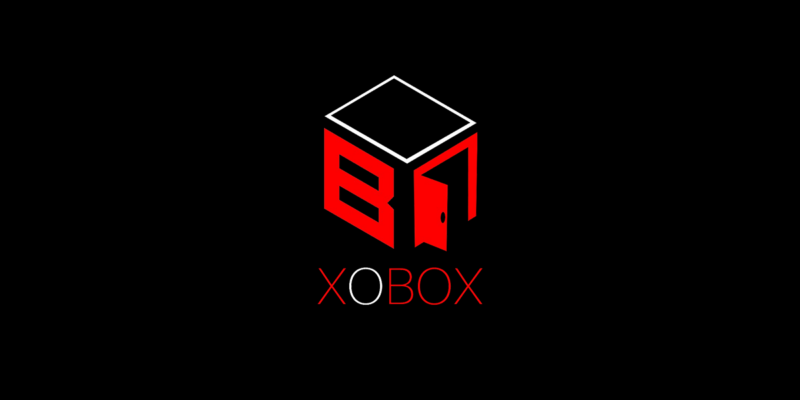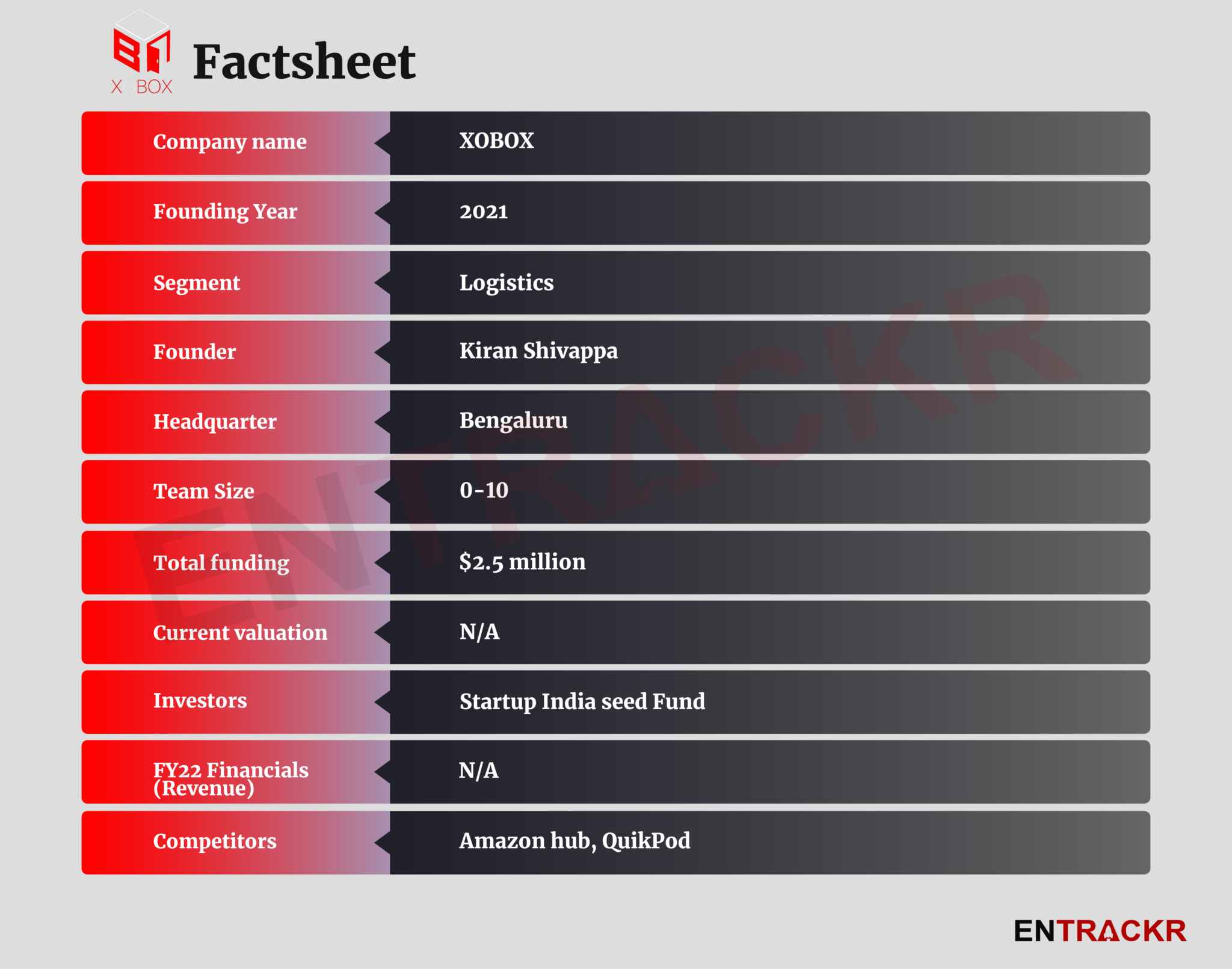Last-mile delivery hasn’t been perfect. Not that the likes of Dunzos of this world haven’t tried to address this. Recently, we saw Zomato experimenting with last-mile delivery through a unique concept of ‘walkers’ for corporate parks.
Bengaluru-based XOBOX is one of the few startups that is trying to fix the last-mile delivery challenges especially for people living in urban areas. The company handles packages for residents in apartment complexes. Some of the features are securing the packages in smart lockers and dropping them to customers’ doorstep when they are back to their homes, and home delivery of essential items.
We spoke to XOBOX founder and CEO Kiran Shivappa about his startup, what distinguishes it from the competition and the roadmap ahead. Here are the edited excerpts:
- How did you come up with this idea?
I live in an apartment complex and even before the Covid deliveries were left scattered in front of the door and stray cats use to destroy especially milk packet which cause everyone to talk about it hours in community Whatsapp group, this made me think to find/adopt a solution to secure the deliveries when residents not able to receive it or may be they are not around.
- How does the platform work? Please help simplify the process.
When we started the service, we started taking the request from residents to handle their packages and we coordinated with delivery guys to take the package, pay them if it is a COD [Cash on Delivery], and secure them in the locker until they come back, then we deliver it to their doorstep.
We went one step ahead and made a contract with 3PL [Third-party logistics] and ecommerce companies to take every delivery coming to the society and our dedicated resources would hand them over to the residents, if the resident is not available then secure the package in the locker and hand it over once they come back.
- What are the key challenges in the industry that have not been addressed yet? And how do you plan to address them?
Ecommerce companies have tried many solutions to optimize the last leg of the delivery process and achieved the Kirana model also, but they never got a chance to be inside the society exclusively and take care of the deliveries and achieve the customer delight to bring the most convenience to them in their package receiving time. We have dedicated resources inside each society to carefully handle the package and interact with residents and elderly people and become familiar to them so they feel comfortable to receive us at the doorstep at any time and feel secured as well.
Industry major players tried to introduce the lockers but these lockers operate as a complete unmanned and fully automated, for this reason the adaptation was a big challenge and education was also a challenge. We adopted a 70/30 model where, way the lockers were built, operated and how people would feel easy to adopt this because the “30” percentage is the resources we introduced along with “70” percentage technology, our dedicated resource will work with all stake holders in the gated community to educate and make every one understand how to use the service.
- What are your short-term and long term goals in terms of product and business expansion and diversification?
In the short term, we are looking to expand the service to 35 more gated communities in Bengaluru in 2nd and 3rd quarters of 2024 and then go to other cities. As far as long-term plans go, we are going to sign contracts with major ecommerce and 3PL companies to increase the volume in each society and serve the needs of elderly population in the community. We would want to reach 700-1000 gated communities and generate 150-180 cr annually.















